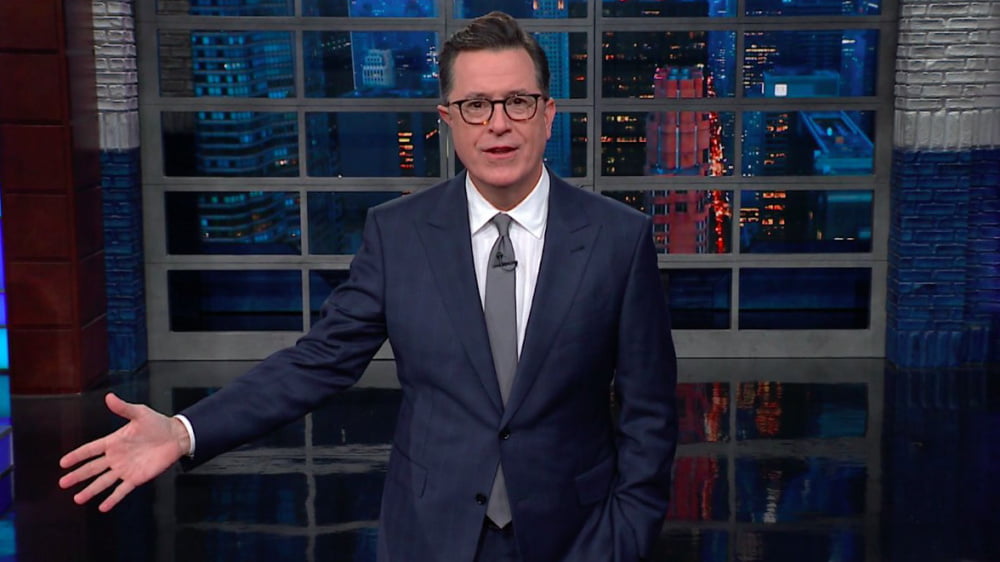
Despite an array of new video options, Madison Avenue is still placing big bets on one of its standbys.
CBS expects the volume of advance advertising commitments placed against its next primetime schedule to rise 5% to 6%, according to a person familiar with the matter, and advance commitments placed against its late-night programming to increase 20% in the industry’s annual “upfront” marketplace. The figures show advertisers maintaining their position in one of the stalwarts of linear broadcast television at a time when more consumers are showing interest in streaming video they can watch at times of their own choosing.
CBS may have secured between $2.39 billion and $2.79 billion in advance commitments for its primetime schedule, according to Variety estimates. In 2018, the network known for series such as “NCIS” and “Young Sheldon” was able to secure between $2.28 billion and $2.63 billion, a 1% gain over its performance in 2017. CBS’ estimates surface after the CW likely secured a 5% increase in ad commitments for its primetime schedule.
Advertisers have moved to lock down broadcast inventory in this year’s upfront, conscious that rapid viewership declines fueled by moves to digital video mean they actually have to worry about a diminished supply of consumer eyeballs. That has created higher demand for TV time, and pushed up the rates networks are seeking.
CBS pressed for big increases in the rates it costs to reach 1,000 viewers, a measure known as a CPM that is central to these annual sales discussions. CBS sought primetime CPM hikes of between 14% and 16%, this person said, compared to the 9% to 10% it sought in 2018’s market.
One of the reasons for advertisers’ interest in TV is the fact that the networks have set up their own streaming businesses. CBS saw interest in its various on-demand services, including CBSN and CBS All Access, this person said.
Marketers of financial-services, insurance, pharmaceuticals and wireless services were among the stronger sponsors, according to the person familiar with the matter. The network also saw strong interest from so-called “direct-to-consumer” companies, a surging category that includes a host of new companies that have grown via digital outreach and not necessarily through traditional advertising. Many of these marketers, which include businesses such as online retailer Wayfair and fitness company Peloton, have moved to TV in an effort to broaden their customer bases.
It could not be immediately learned how much ad inventory the network held back in reserve for “scatter” advertising, or inventory that is purchased much closer to air date.
[“source=variety”]
